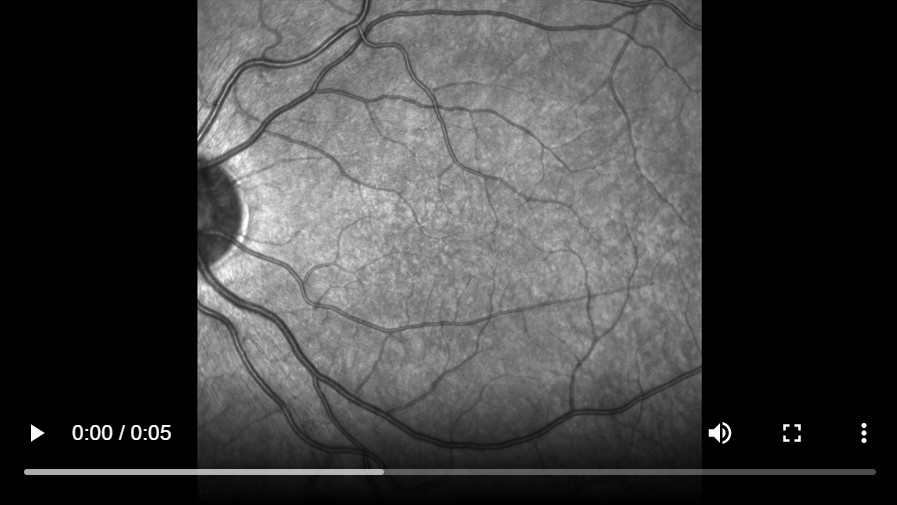Retinal artery pulsations in aortic regurgitation—the Becker’s sign revisited
Main Article Content
Abstract
A 19-year-old man presented at Safdarjung Hospital, New Delhi, with dyspnea associated with palpitations for the previous 5 years. He was diagnosed with rheumatic heart disease with multivalvular disease 6 months earlier and was started on intramuscular benzathine penicillin (1.2 million units every 21 days) at that time. On physical examination, his body mass index was 17.2 kg/m2. His pulse was 68 per minute, regular, collapsing, and bisferiens. His blood pressure was 110/40 mm Hg in his right upper limb and 160/50 mm Hg in his right lower limb, suggestive of wide pulse pressure with positive Hill’s sign. Jugular venous pressure showed prominent A wave. Fundus examination showed prominent retinal artery pulsations along with arteriolar pulsations, known as Becker’s sign in aortic regurgitation (Video). On auscultation, he had severe mitral stenosis, severe aortic stenosis, severe aortic regurgitation, and severe tricuspid stenosis. Echocardiography confirmed the diagnosis with severe aortic stenosis, severe aortic regurgitation, severe mitral stenosis, moderate mitral regurgitation and organic tricuspid valve disease. He is under regular follow-up and awaiting aortic, mitral, and tricuspid valve replacement.
Downloads
Article Details

This work is licensed under a Creative Commons Attribution-NonCommercial-NoDerivatives 4.0 International License.
